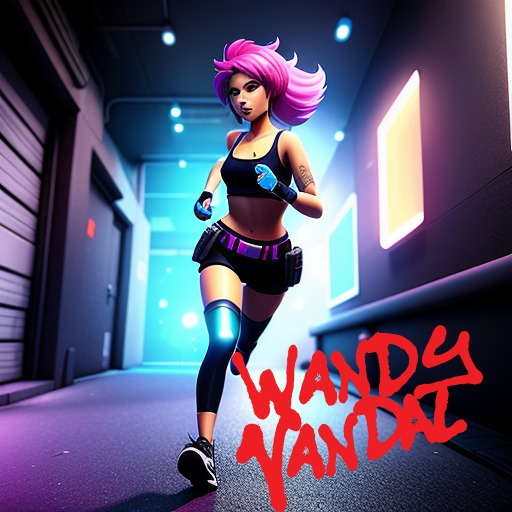Game Advertising & Monetization
We Make Games
Advertising Work!
Welcome to Pop In Games, an innovative in-game advertising platform that enables brands to advertise in 3D worlds such as games, metaverse, and simulations. Our platform is designed to offer game developers, studios, and publishers an opportunity to monetize their games and generate revenue by implementing our plugins for game engines like Unity, Unreal Engine…

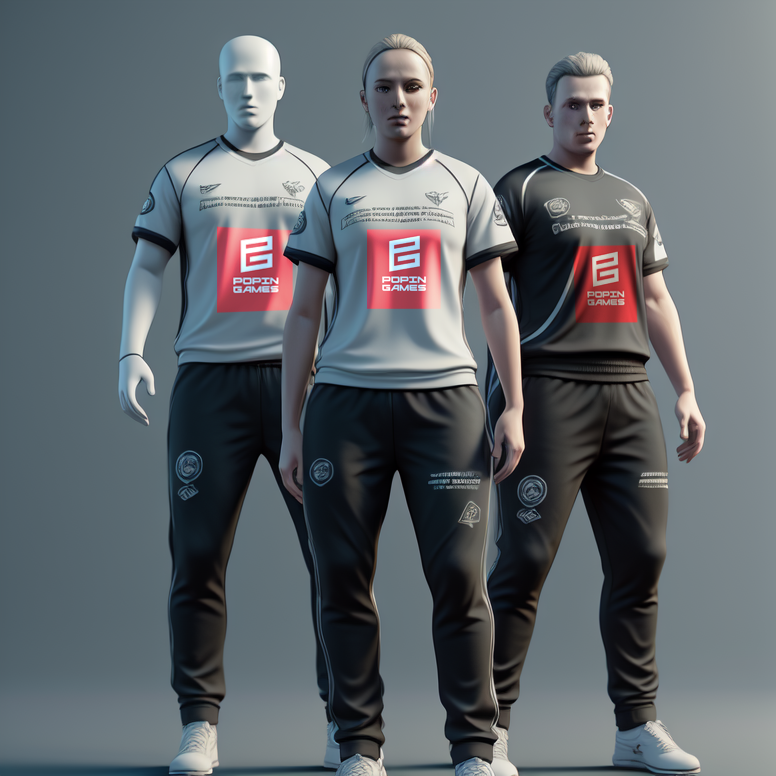
Advertise in Games
Our Advertiser Panel is a self-service platform designed to enable advertisers to run their advertising campaigns on our platform easily. It provides advertisers with complete control over their campaigns, enabling them to create, manage, and track their campaigns in real-time.
Monetize your Game
Our Game Developer Panel is designed to enable game developers to integrate our platform into their games easily. It provides them with the tools and resources they need to add ad spots to their games and generate revenue from them.
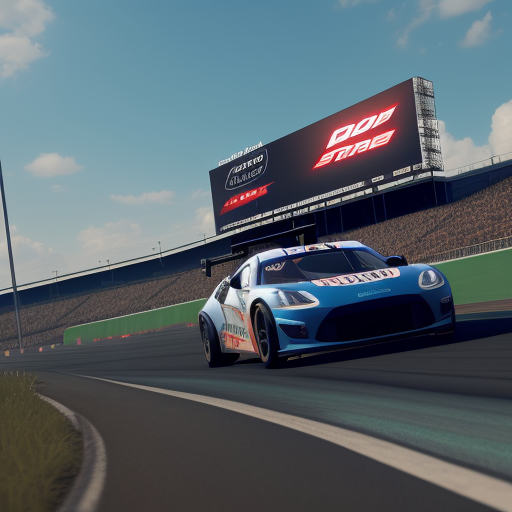
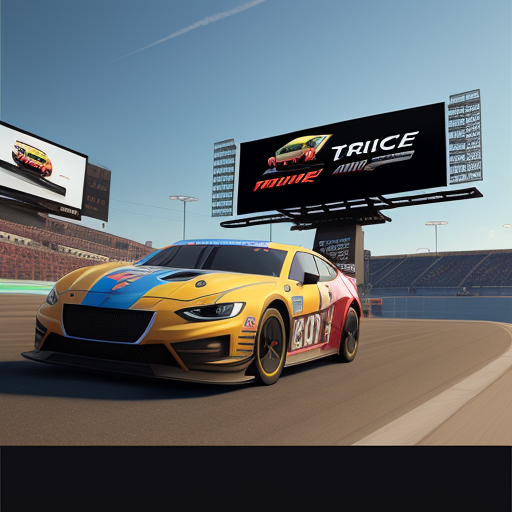
Non-intrusive and integrated 3D ads

Videos

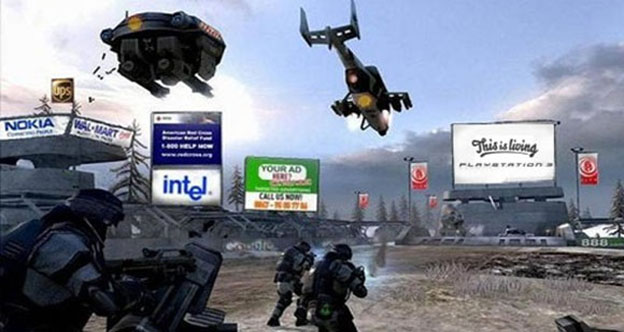
In-Game ads vs Web ads
in-game advertising is a more efficient and effective way of reaching consumers in the gaming industry. It offers a non-intrusive and immersive experience that enhances the gameplay while providing advertisers with a targeted and measurable platform to showcase their products and services. At Pop In Games, we are committed to providing high-quality in-game advertising solutions that deliver results for our advertisers while providing a seamless experience for our users.
Web advertising typically relies on banner ads, pop-ups, or other forms of display ads that appear on websites. These ads are often static or dynamic, and they can be distracting to users. The average user’s attention span for web advertising is typically quite short, with most users ignoring or quickly scrolling past ads.
In-game advertising, on the other hand, offers a more immersive and engaging experience that captures users’ attention for longer periods of time. Since users are actively engaged in playing a game, they are more likely to notice ads that are seamlessly integrated into the gameplay. The user’s attention span for in-game advertising is typically longer than that for web advertising, as they are more invested in the game and less likely to be distracted.
Furthermore, in-game advertising offers a more targeted approach to advertising, enabling advertisers to reach users who are more likely to be interested in their products or services. This means that the user’s attention span is more likely to be focused on the ads that are displayed, as they are more relevant and meaningful to the user.
Overall, in-game advertising offers a more effective and engaging way of capturing users’ attention compared to web advertising. With its immersive and targeted approach, in-game advertising is a powerful tool for advertisers to reach their desired audience and deliver their message in a way that is meaningful and memorable to the user.
Big Brands love in-game advertising
Native in-game advertising has become increasingly popular among big brands in recent years. It offers a more effective and engaging way of reaching consumers, allowing brands to showcase their products and services in a way that is seamlessly integrated into the gaming experience. Here are some examples of big brands that have shown interest in native in-game advertising:
Coca-Cola: Coca-Cola is one of the biggest brands that has been using native in-game advertising for a long time. They have partnered with various game developers to place their ads in games, providing a fun and engaging way for users to interact with their brand.
McDonald’s: McDonald’s has also been using native in-game advertising to reach its target audience. They have partnered with game developers to place their ads in popular games, such as Angry Birds and Fruit Ninja.
Toyota: Toyota has used in-game advertising to promote its vehicles in popular racing games such as Gran Turismo and Need for Speed. By placing their ads within the game environment, Toyota was able to reach their target audience in a more engaging and memorable way.
Red Bull: Red Bull has been a long-time user of native in-game advertising, placing their ads in various sports games such as FIFA and NBA 2K. By integrating their brand into the gaming experience, Red Bull was able to reach its target audience in a fun and engaging way.
Nike: Nike has also shown interest in native in-game advertising, partnering with game developers to place their ads in popular sports games such as NBA 2K and Madden NFL. By placing their brand within the game environment, Nike was able to reach their target audience in a more meaningful and engaging way.

IAB STANDARD IN GAME ADVERTISING
At Pop In Games, we comply with the Interactive Advertising Bureau (IAB) advertising standard for in-game advertising. This standard ensures that our platform meets industry guidelines and best practices, ensuring a safe and effective advertising experience for our users and advertisers.
The IAB advertising standard for in-game advertising provides guidelines for ad formats, ad placement, and ad delivery, among other things. It ensures that ads are displayed in a non-intrusive way that doesn’t disrupt the gameplay experience or violate user privacy. Advertisers who comply with the IAB standard are more likely to provide high-quality and relevant ads that users will find engaging and helpful.
By adhering to the IAB standard, we ensure that our platform provides a high-quality and safe advertising experience for all our users and advertisers. We believe that by providing a seamless and engaging experience, we can help advertisers achieve their marketing objectives while supporting game developers and publishers to monetize their content.
